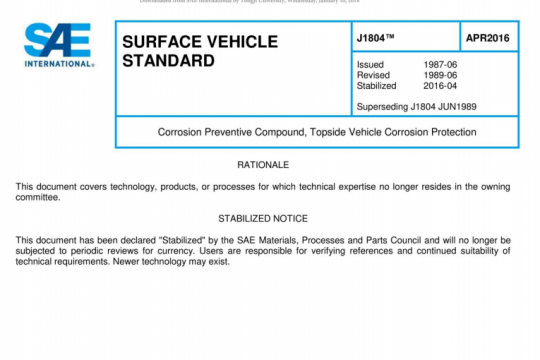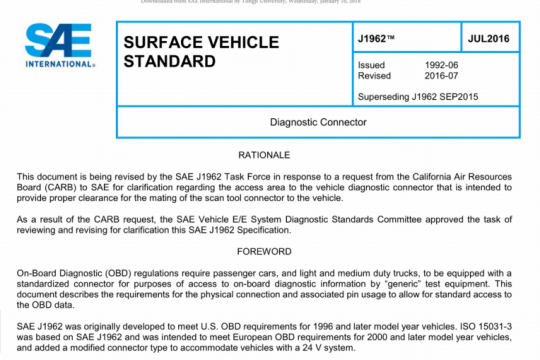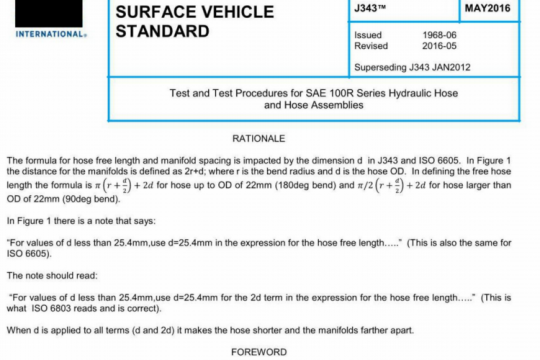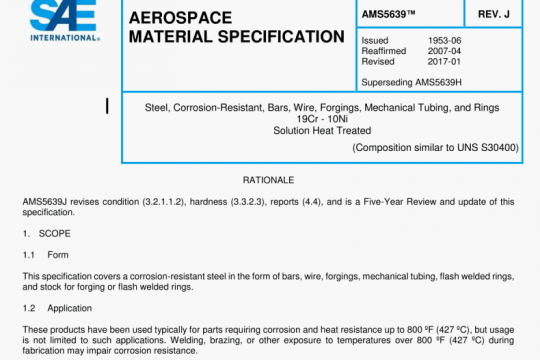SAE J1737:2019 pdf free
SAE J1737:2019 pdf free.Test Procedure to Determine the Hydrocarbon Losses from Fuel Tubes, Hoses,Fittings, and Fuel Line Assemblies by Recirculation
In the past, permeability of materials or components has been measured by a fairly simple weight loss technique. In general,these have involved flling a component (or a test assembly consisting of a component and a reservoir) with fuel and then measuring any weight changes that occur over a prescribed period of time and under a specific set of conditions. The most common of these long-used techniques are those described by SAE J30 and SAE J1527; they can be used to measure very small permeation rates, but they have limitations when rates are higher, or when temperatures are higher because test fluid chemistry changes significantly during the test due to selective permeation of constituants. Also, these two techniques do not involve circulating fuel as the permeation is measured.
One of the primary techniques for measurement of vehicle hydrocarbon emissions is the sealed housing evaporative determination (SHED) test. This test uses an enclosed chambers that contain the item being tested (vehicle, system, or component). The environment inside the chamber is controlled and periodically analyzed to determine the quantities of hydrocarbons that are present. This technique is specified in the overall governing regulations from the Environmental Protection Agency (EPA) and the California Air Resources Board (CARB). It is used primarily for three of the aspects of the hydrocarbon emissions: static testing, normal operation, and refueling; large components (e.g., tanks) and fuel systems typically utilize this technique as well. Smaller SHED units (miniSHED and microSHED) are normally used to measure permeability of materials or smaller components and the performance of specific interfaces.
When rates of permeation are measured, the initial performance of a component or material is not the same as the eventual equilibrium value. It takes a certain amount of time for the migration of the fuel through the wall or at the interfaces to achieve its steady-state rate after first exposure to the fuel. Also, with some materials, there can be other components present (e.g, plasticizer) that are driven off by the fuel, temperature, or other test conditions. Time must be allowed for these other emanations to stop contributing to any weight-loss measurements. There may also be a change in crystallinity when measuring at elevated temperatures.SAE J1737 pdf free download.




